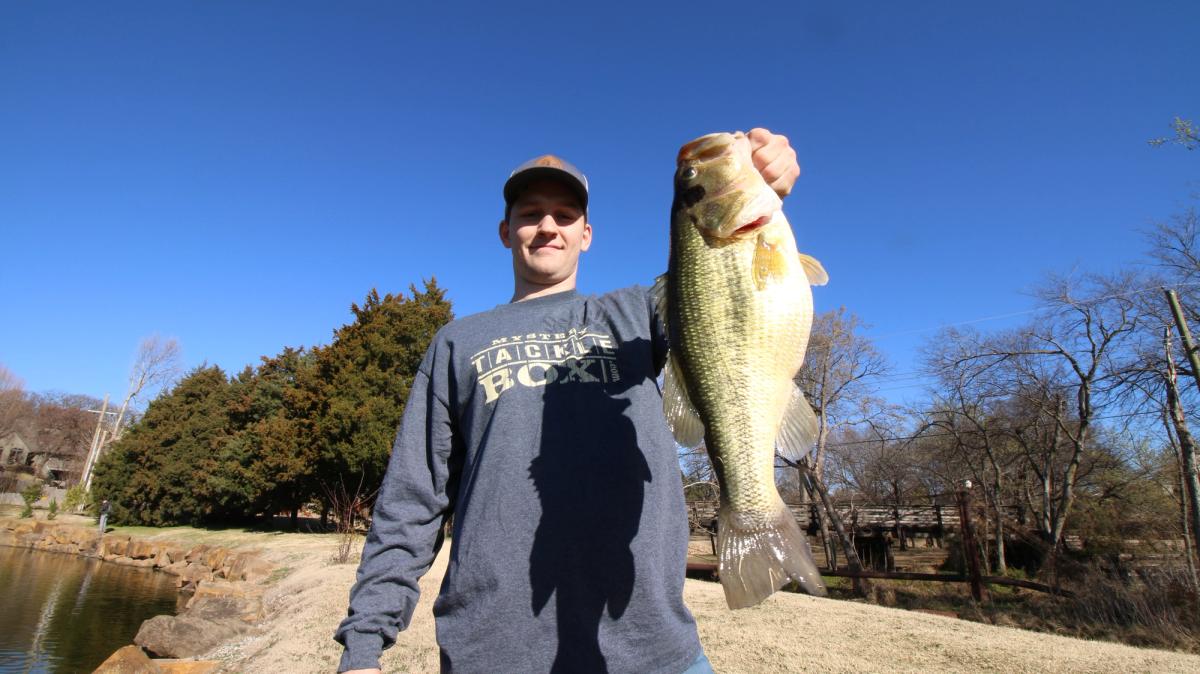Spawn Success Tips: Understanding The Spawn Of 7 Common Gamefish
Reproduction is the key to life for animals in the wild. If you can’t successfully reproduce, then your species is likely to be wiped out by predators in no time. This is a universal rule, and it’s one that guides almost all outdoor pursuits. For deer hunters, the timing of the rut is paramount, and for bass fishermen – knowing when they go to bed can be the key to success or failure.To have spawn success with any species, it is helpful to have baseline knowledge of the biology and seasonality of the spawn for your intended quarry. For that reason, we thought it would be helpful to put together a guide on the spawn for several popular fish species.
1. Bluegill
When: 66 – 80 degree waterWhere: Bluegills will spawn in almost any shallow location with some decently hard bottom. Flats, coves, and marinas are all common bluegill spawning locations. In mucky vegetated lakes, bluegills have even been known to fan out nests on the tops of lily pad root masses.How: Male bluegills will move into an area en masse, and fan out small saucer shaped beds the size of a volleyball. They then patrol these nests fending of other males and predators while attracting a female to come drop her eggs on the nest. The bottom of a bluegill spawning area is unmistakable as it often looks like a honeycomb from hundreds of beds.Top Techniques: Bluegills will eat almost anything while spawning, from live bait fished under a bobber, to small plastics and flies. They are also extremely fun to fish on a fly rod, as they will aggressively take a small popper or floating ant.
2. Perch
When: 46 – 54 degree waterWhere: Ideal perch spawning grounds are submergent vegetation, brush, or other cover in relatively shallow water (4-8 feet).How: Female perch lay long stringy egg masses that are sticky and attach to vegetation or brush. Males then broadcast their milt over the egg mass. These masses can be found on almost any cover available.Top Techniques: Perch provide no parental care, and are extremely aggressive around the spawn. Small jigs, plastics, or even crankbaits can be deadly, as can live bait rigged under bobbers or dragged along the bottom.
3. Crappie
When: 54 - 60 degree waterWhere: Shallow water (2-8 feet) around brush, logs, or debris and other cover.How: Male crappies fan out little bowl shaped nests and the females then move in and drop their eggs for the males to fertilize. Females quickly vacate the spawning area after dropping their eggs, but the males will hang around a little while.Top Techniques: Spawning crappies are really aggressive, and are best located by throwing small spinners like the Nothead Original Spinner, crankbaits, or plastics. Once a few fish are landed, casting or fishing live bait like small minnows under floats or tube jigs can help land more fish. A good spawning area may contain hundreds of crappie.
4. Largemouth Bass
When: 64 – 70 degree waterWhere: Largemouth bass spawn around any shallow cover that features a hard bottom, like sand or gravel.How: Male bass fan out 1-2 foot wide nests in the bottom sediment, usually near a piece of cover like a dock piling, laydown, or rock. The female will then approach the nest, and drop her eggs on it. Once the eggs are laid, the female will retreat and the male will guard the nest until the fry hatch.Top Techniques: Sight fishing is the most popular technique for spawn success with largemouth bass, and soft plastics, jigs, and other bottom relating baits are most effective. Drop shotting a worm like the BioSpawn ExoStick or crawfish is a great way to keep the bait on the bed, while exciting the bass enough to bite.
5. Smallmouth Bass
When: 60 -64 degree waterWhere: Smallmouth spawn around shallow gravelly flats, rock shelves, and even behind rocks in river systems.How: Similarly to largemouth bass, male smallmouths fan a nest out near some type of cover, attract a female to drop her eggs, and guard it until the fry hatches.Top Techniques: The same techniques that work on largemouth are equally effective on smallmouth. Smallmouth generally spawn earlier and deeper than largemouth, and they are more aggressive while on the bed.
6. Walleye
When: 43-48 degree waterWhere: In rocky stretches of creeks and rivers with moderate to heavy current.How: Walleye are broadcast spawners, and do not make nests like the sunfishes. The males show up to the spawning grounds first, and then the females come in and deposit their eggs. There is no parental care once the spawn is completed.Top Techniques: Spawn success for walleyes can be targeted below dams and in creeks with jig/live bait presentations, plastics, and even stick baits. Spawners are most often found in current seams, eddies and small areas protected from the current.
7. Northern Pike
When: 38 - 48 degree water – sometimes under the iceWhere: Northern Pike spawn in marshes, around rushes, cattails, and other emergent vegetation in extremely shallow water (less than 3 feet).How: Males will congregate in shallow marshy areas while there is still ice on many northern lakes. They will form “spawning groups” and follow large egg-laden females while slapping her with their tails and bumping into her while releasing milt. The female then lays her eggs over the period of a couple nights. There is no parental care.Top Techniques: To target spawning pike, while the ice is still on fish marshy areas in extremely shallow water with tip-ups baited with large shiners. Once the ice is out, target those same marshy shallow areas with spinners, minnow baits, and even shiners fished under a float.
Updated April 1st, 2021 at 6:44 AM CT


